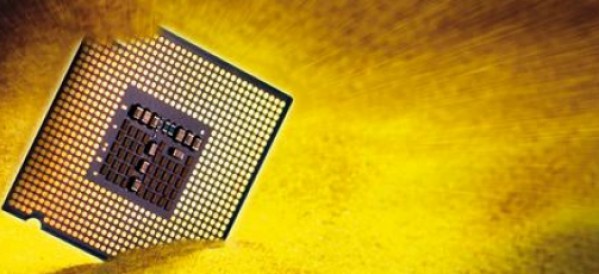RFID in supply chain management

The benefits of technology in logistics go well beyond that to control the movement and storage of materials throughout the supply chain
One of fertile fields for the application of RFID is in supply chain management (Supply Chain Management). The functionality of RFID enable developing more flexible and intelligent logistics applications. In this article we will discuss the various possibilities and benefits of using RFID in logistics.
Applications RFID
In hospitals, the use of RFID tags allows the temperature sensor to send the temperature of the patient at short intervals of time. Data can be monitored through software that can send an alert or make an alert call led to the infirmary control board.
The application of RFID with temperature sensor is not limited to hospitals. It can be used both in the manufacturing process and in logistics. The refrigerators may use the RFID tag to monitor the temperature of perishable products during delivery and to ensure that were delivered in perfect conditions of use.
Airport baggage with RFID tag relates to the owner, flight and destination. Thus, the luggage can be monitored every passage through checkpoints preventing baggage loss. Moreover, it can be easily located and redirected in case of flight change, safely and in less time.
As the RFID adds value to products and services in the logistics chain:
These examples show that the benefits of RFID in logistics go well beyond that to control the movement and storage of materials throughout the supply chain. Well applied, RFID technology can change the way they do business, contribute to the improvement of services, better serve customers, improve product quality, reduce time, cost distribution and materials handling.
The main features that allow to go beyond the boundaries of management activities and add value to the products and services are:
- Store product data in addition to the item code.
- RFID asset type can send data, moist situation indicative, temperature and even the exact location is combined with a GPS.
- RFID UHF can reach more than 10 meters, depending on environment.
- Reading ability and writing data (read-write).
- RF capture objects in non-uniform motion.
- Reading does not have to be static and straight as the barcode.
- Capture greater distance than the optical reader (Range of reading).
- Recording single source product or part not changeable (Read only).
- Reuse of the RFID tag.
Benefits of using RFID in logistics:
The main benefits of implementing RFID technology in the supply chain are:
- Improved service levels adding flexibility and intelligence in the processes.
- In manufacturing: Integrated Automated Receiving PCP allows to continue without wasting time waiting for the receipt of notification of the material.
- Assembly Line: Production of customized products.
- Retail: Automatic Filling of missing items, control of the expiration date, expediting the checkout, inventory control, returns control.
- To avoid tampering with the recording of the unique code not changeable product.
- Check boxes, pallets and shelves on top without having to open or without eye contact.
- Reduction in total cycle time order until delivery of the goods.
- Speed gains in material movements.
- Error reduction in deliveries of customer orders.
- Elimination of reading processes one by one from the bar code and the consequent gain in reading speed by simultaneously capturing multiple tags.
- More agility and speed in locating materials.
- Tracking people, animals and objects.
- Inventory control: Automatic recording of the inputs and outputs of materials.
- Monitoring and control of logistics operations increasing security.
- Sure what was done to capture the RFID tag, recording the date / time of reading.
- Inventory of products and materials quickly with less manpower.
Of course there are also factors that hinder the implementation of RFID technology. Radio waves can be prevented from spreading if you find any obstacle. Metals influence the distance of capture. Liquids and the human body itself can also prevent the capture. The catch away if not well planned can cause problems such as the type to open a gate improperly.
Noting the features and benefits that the use of technology can provide, we can conclude that RFID can be the competitive edge to give more sustainability to business. The important thing is to study well technology, make a good design, redesign processes, develop applications and make a careful pilot testing before leaving the putting RFID tags on the materials.
Full article: http://cio.com.br/








